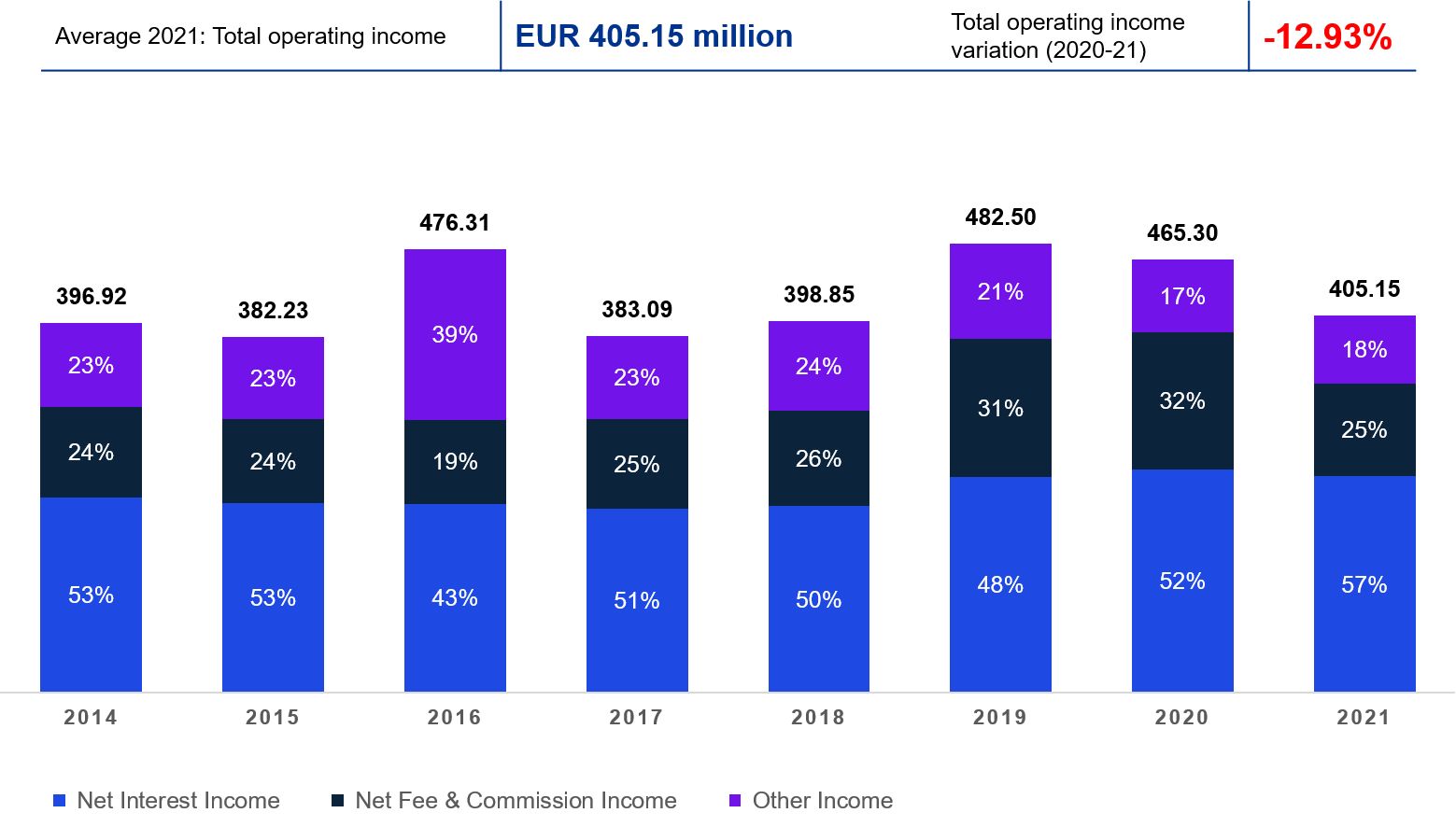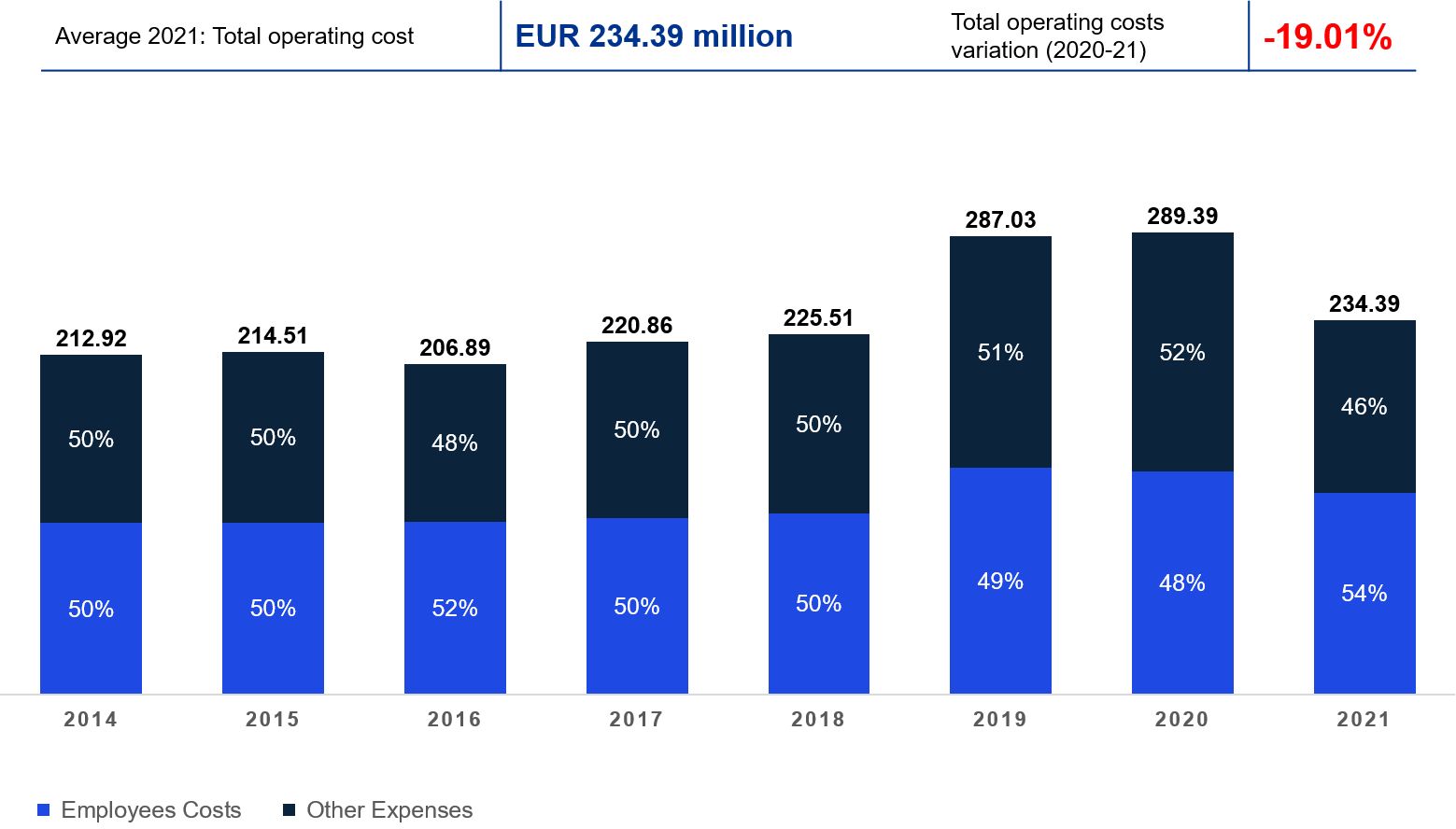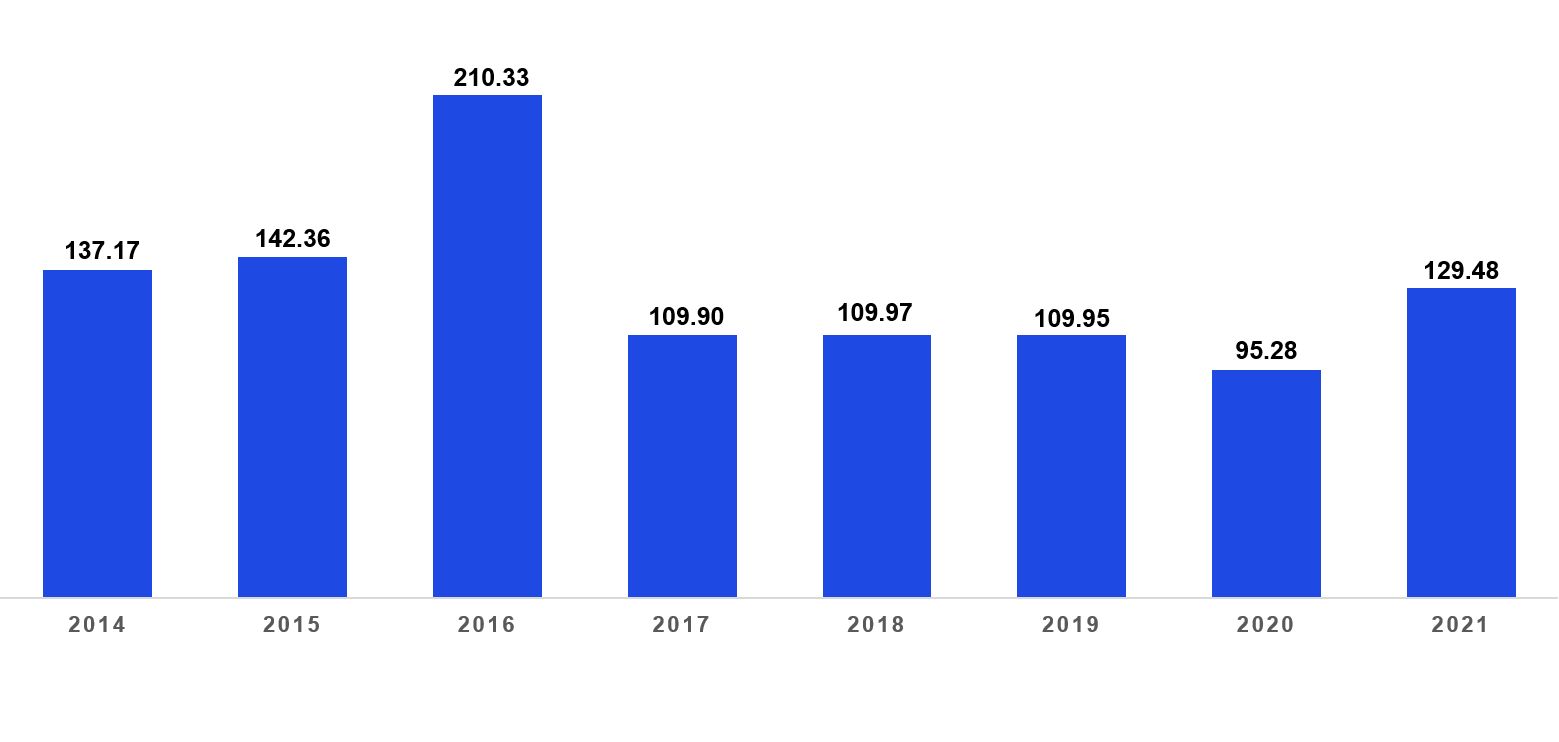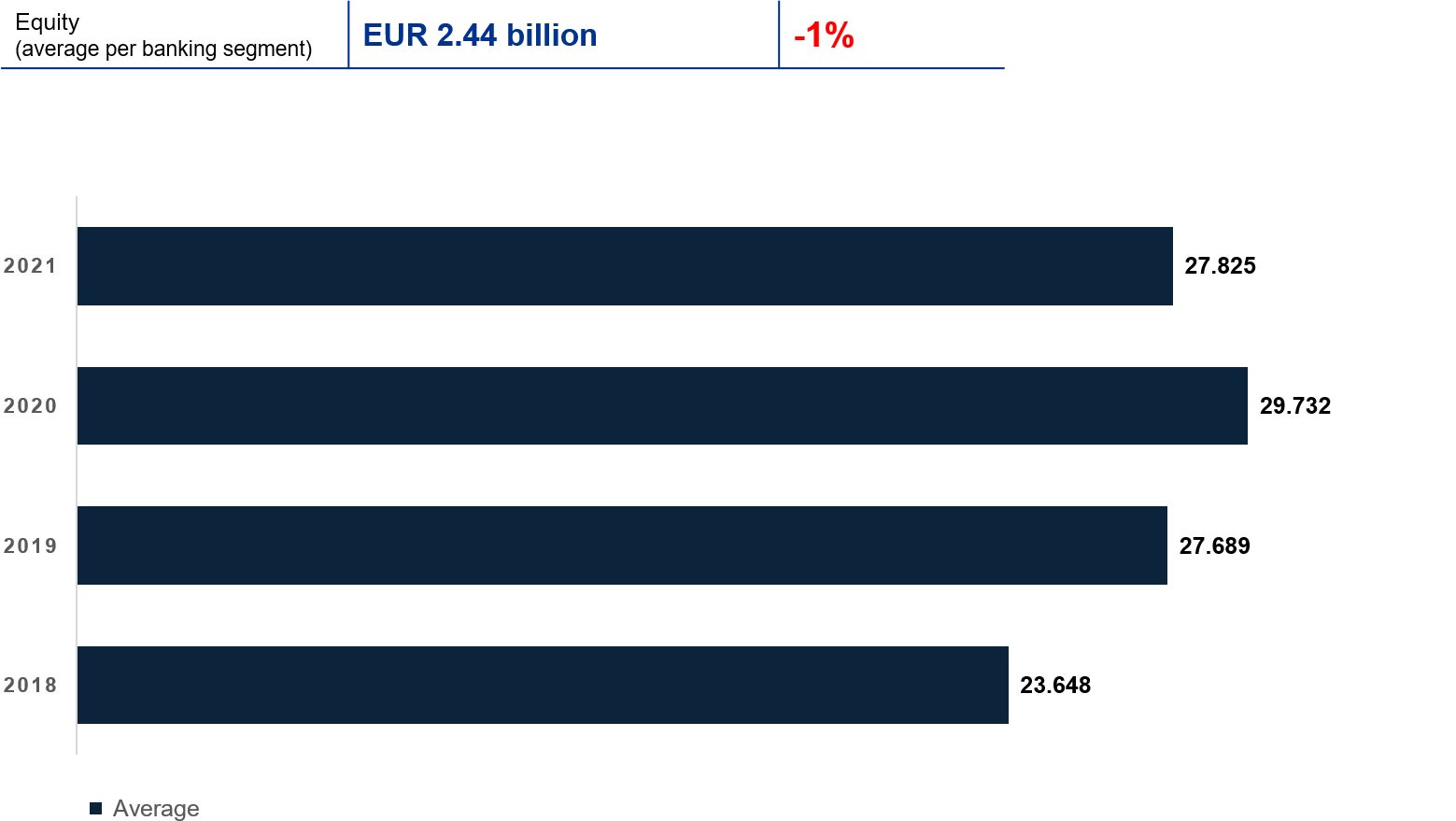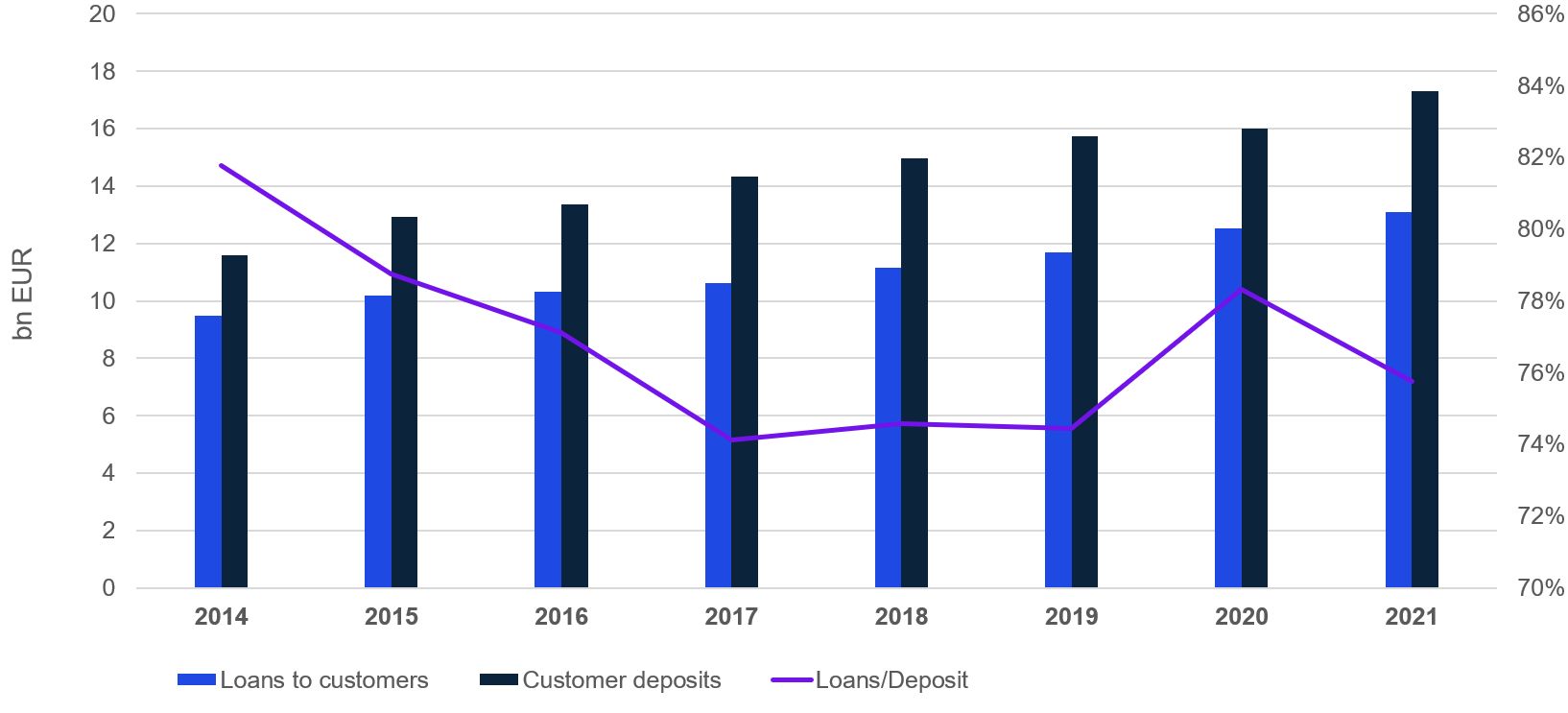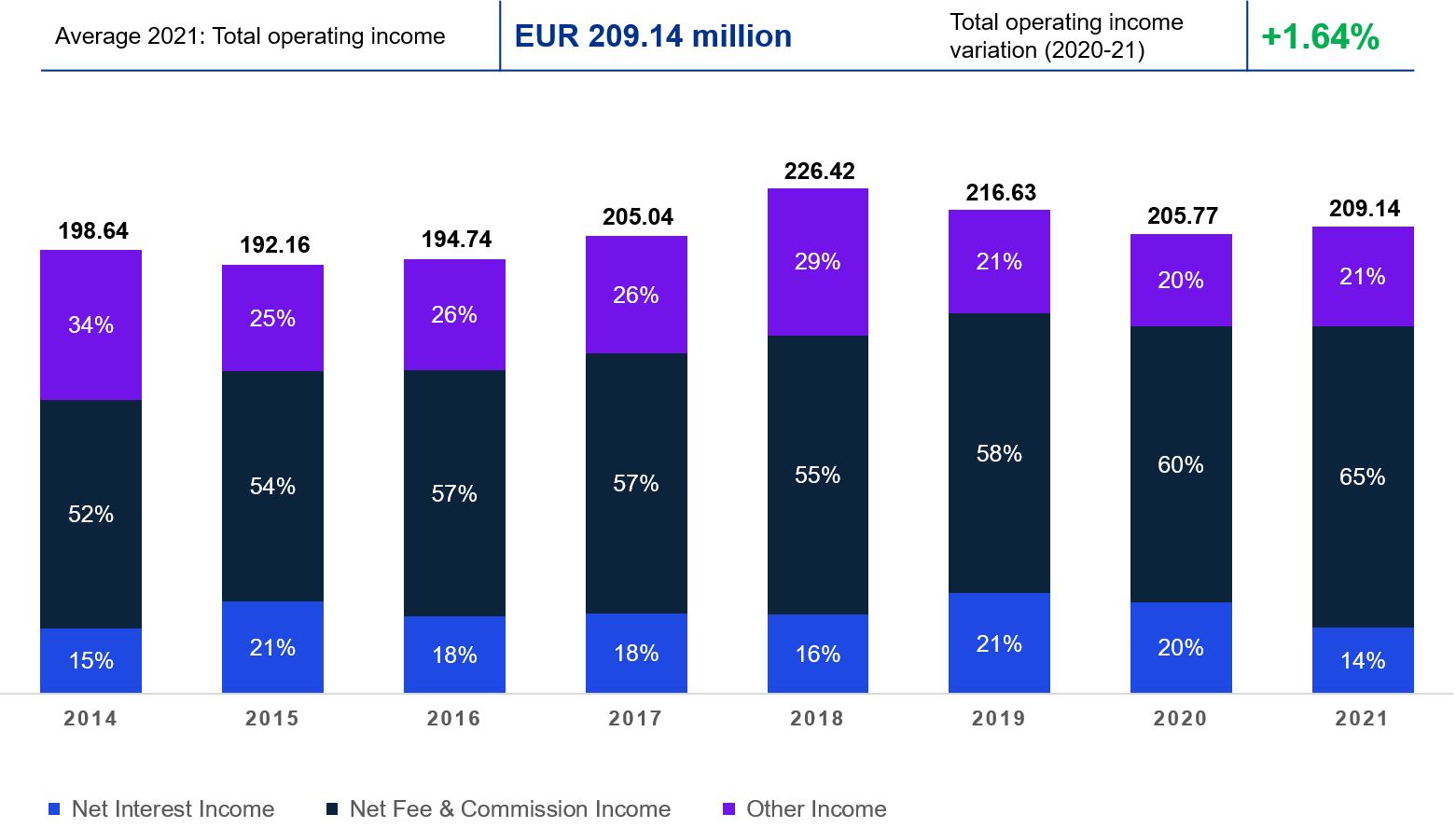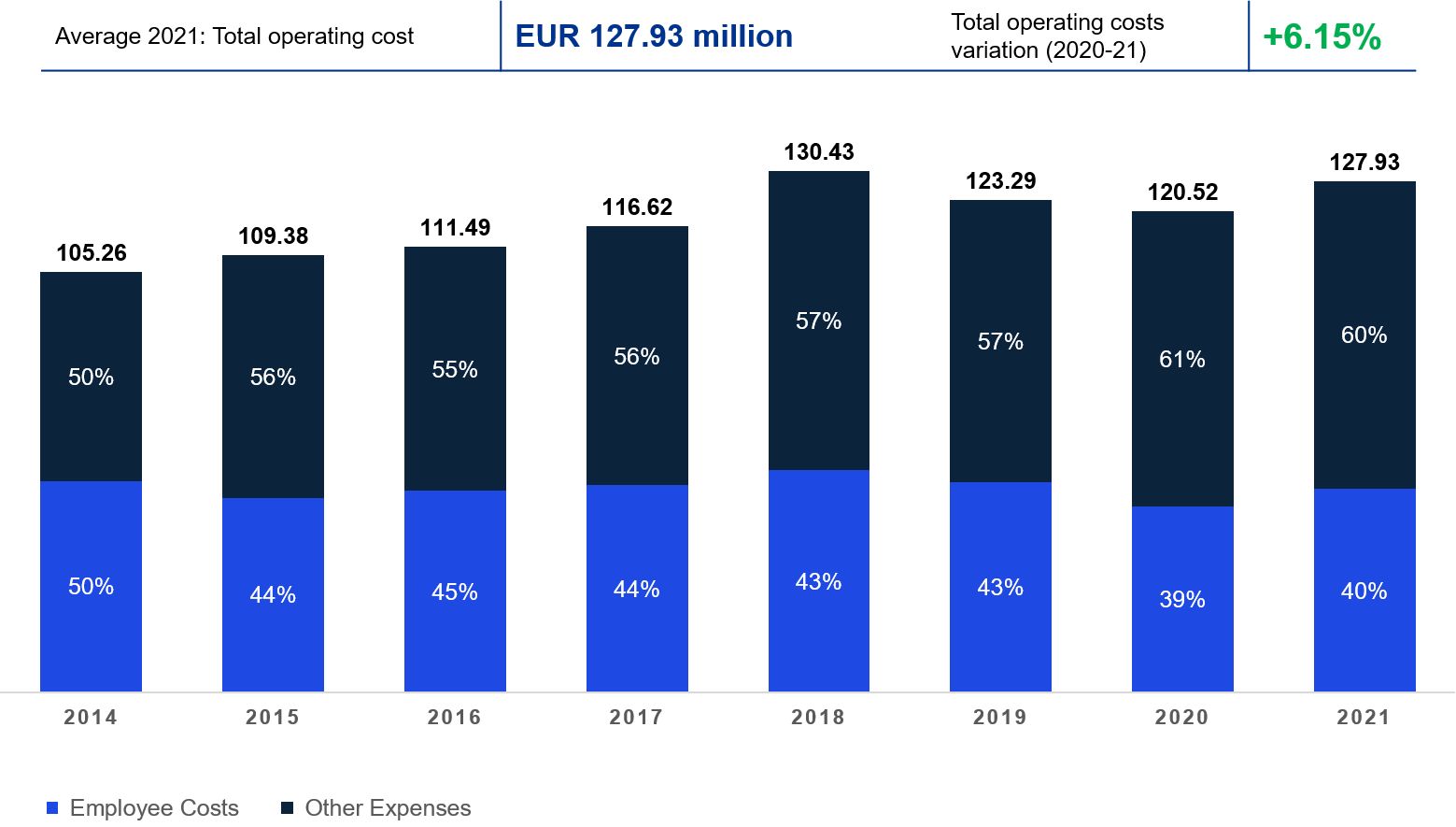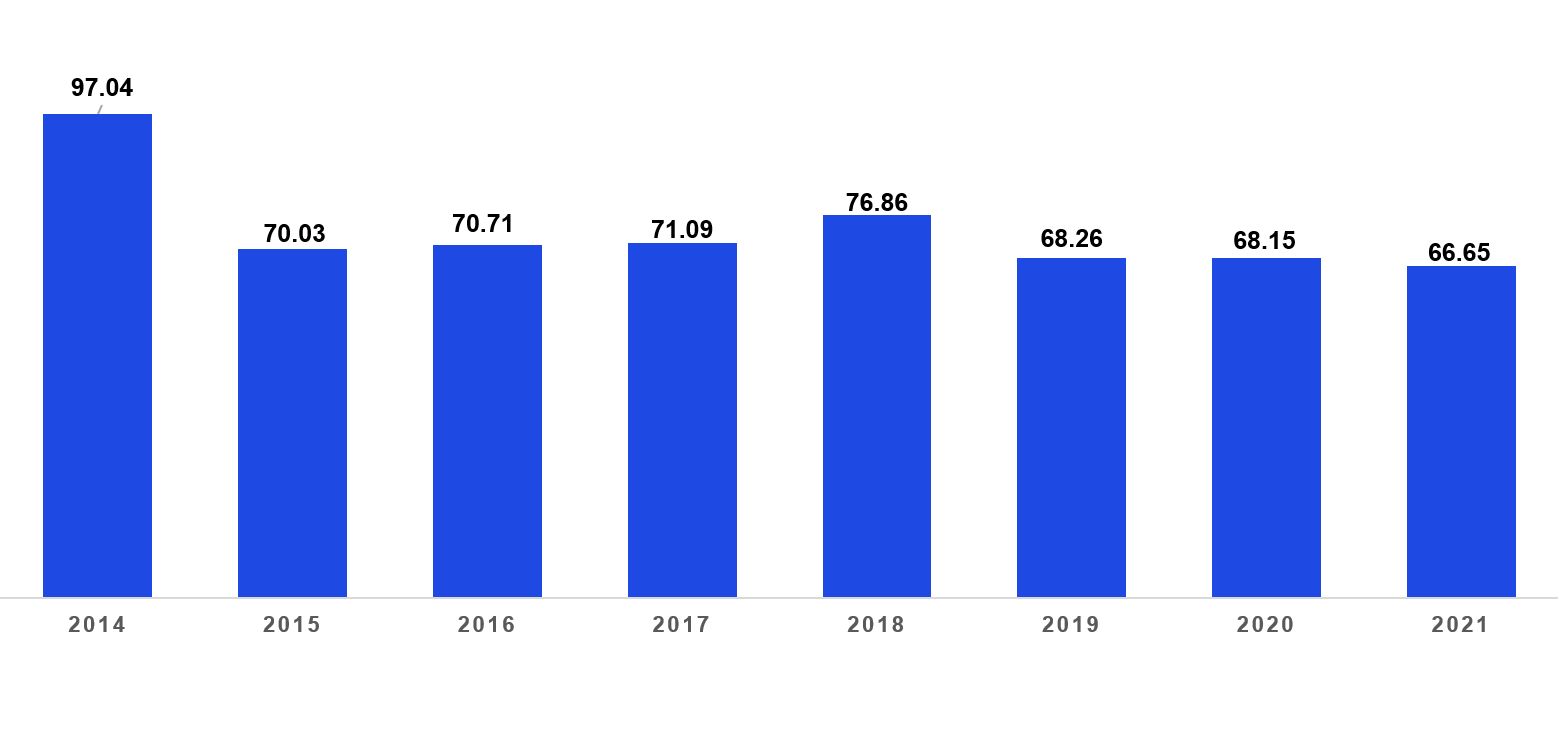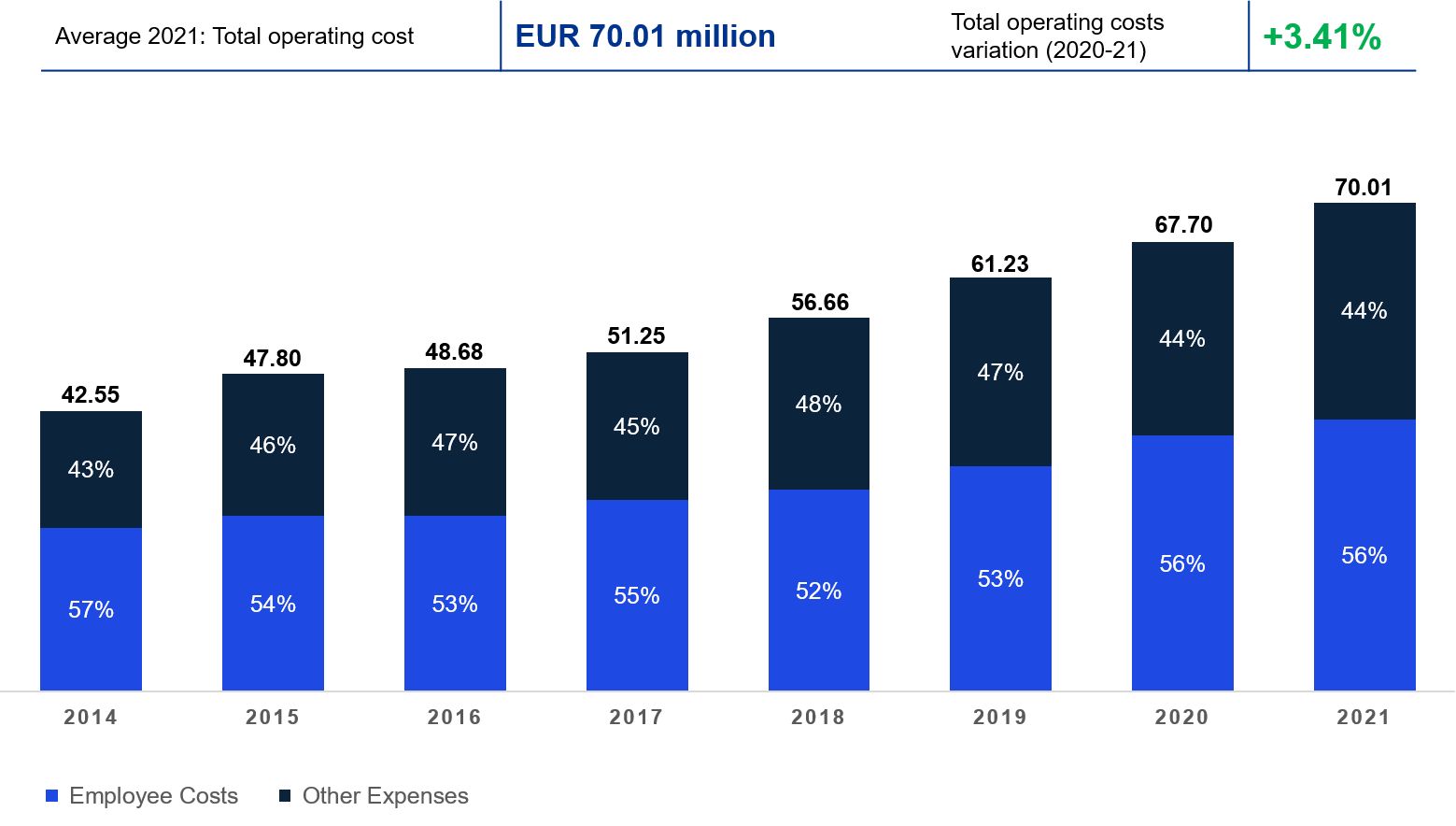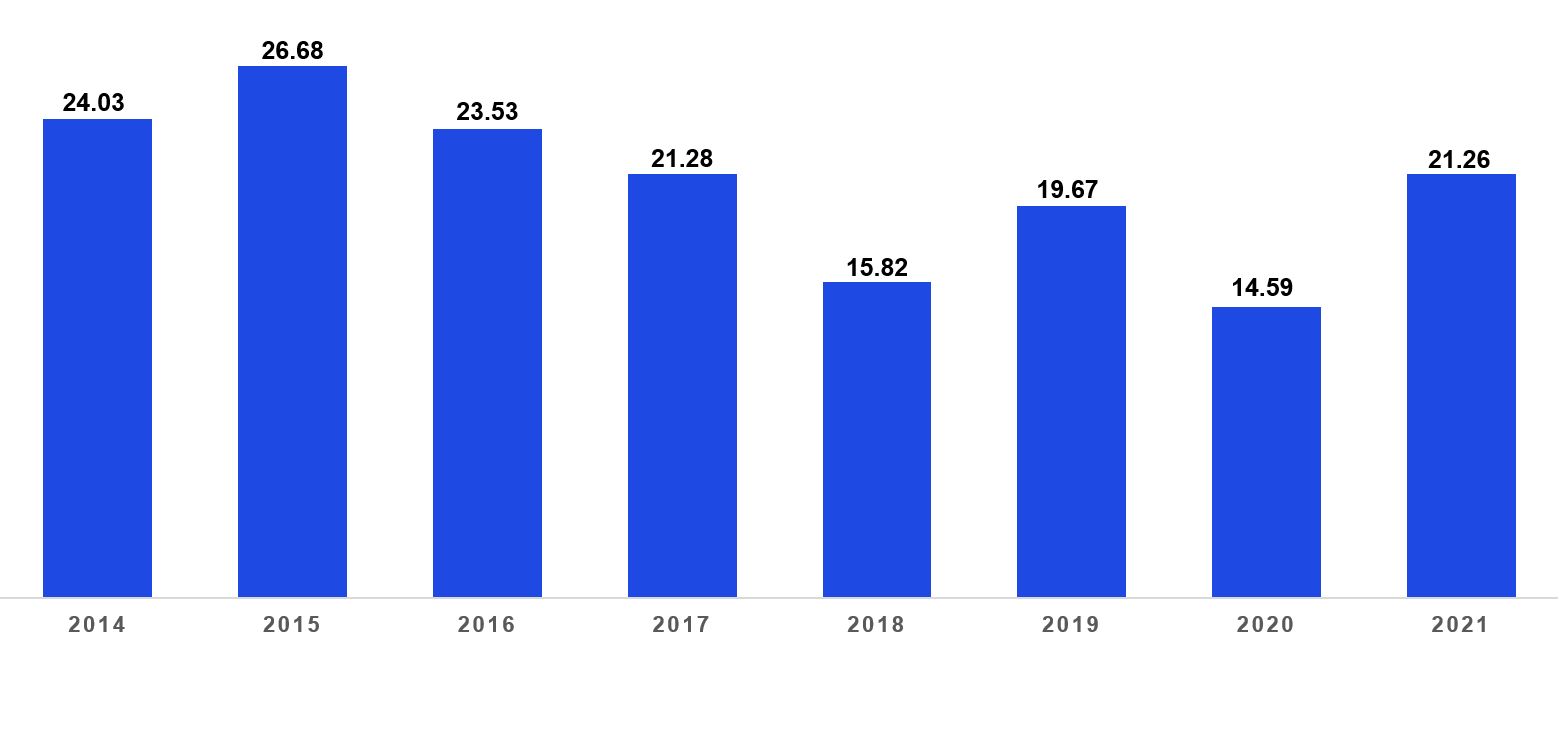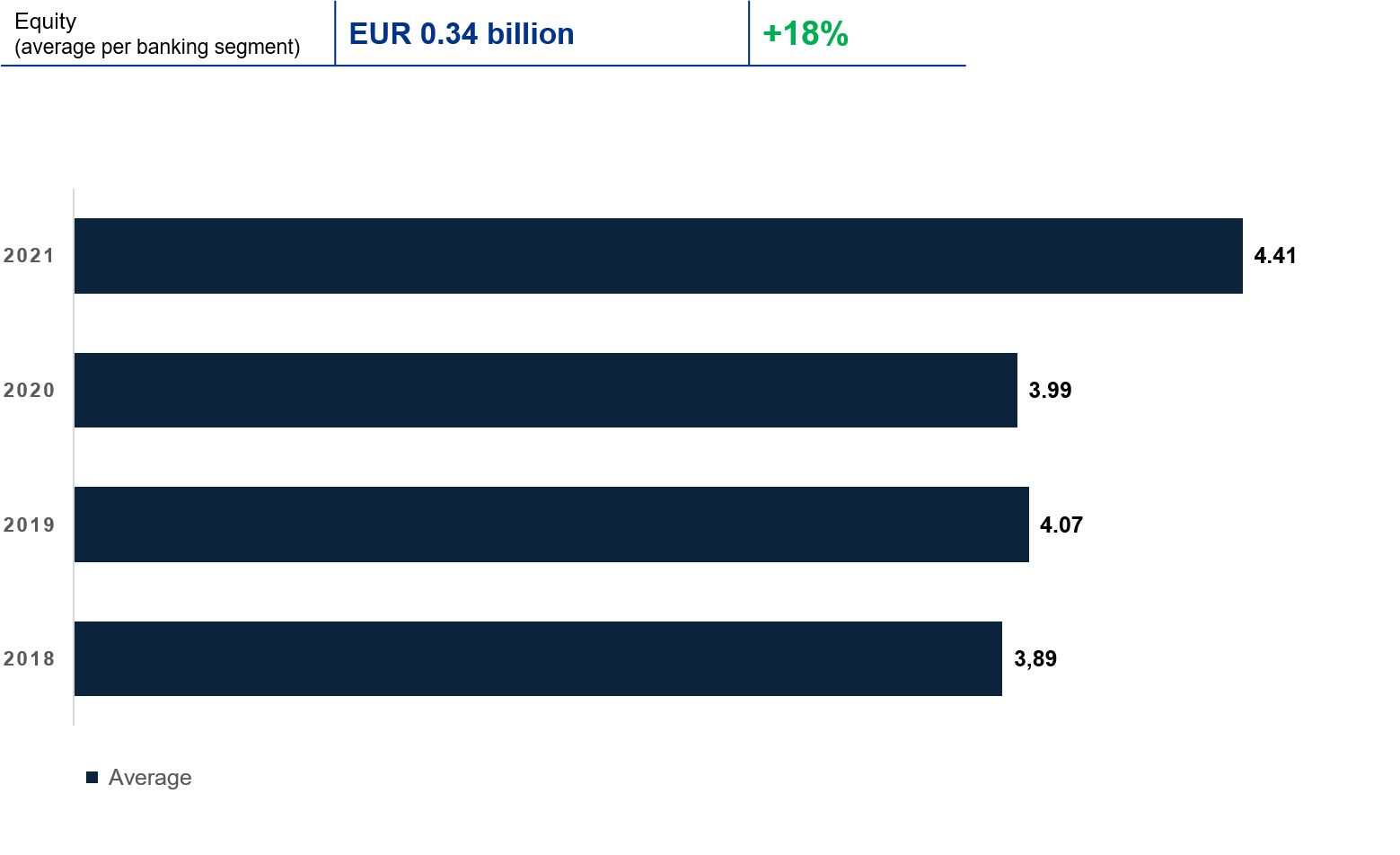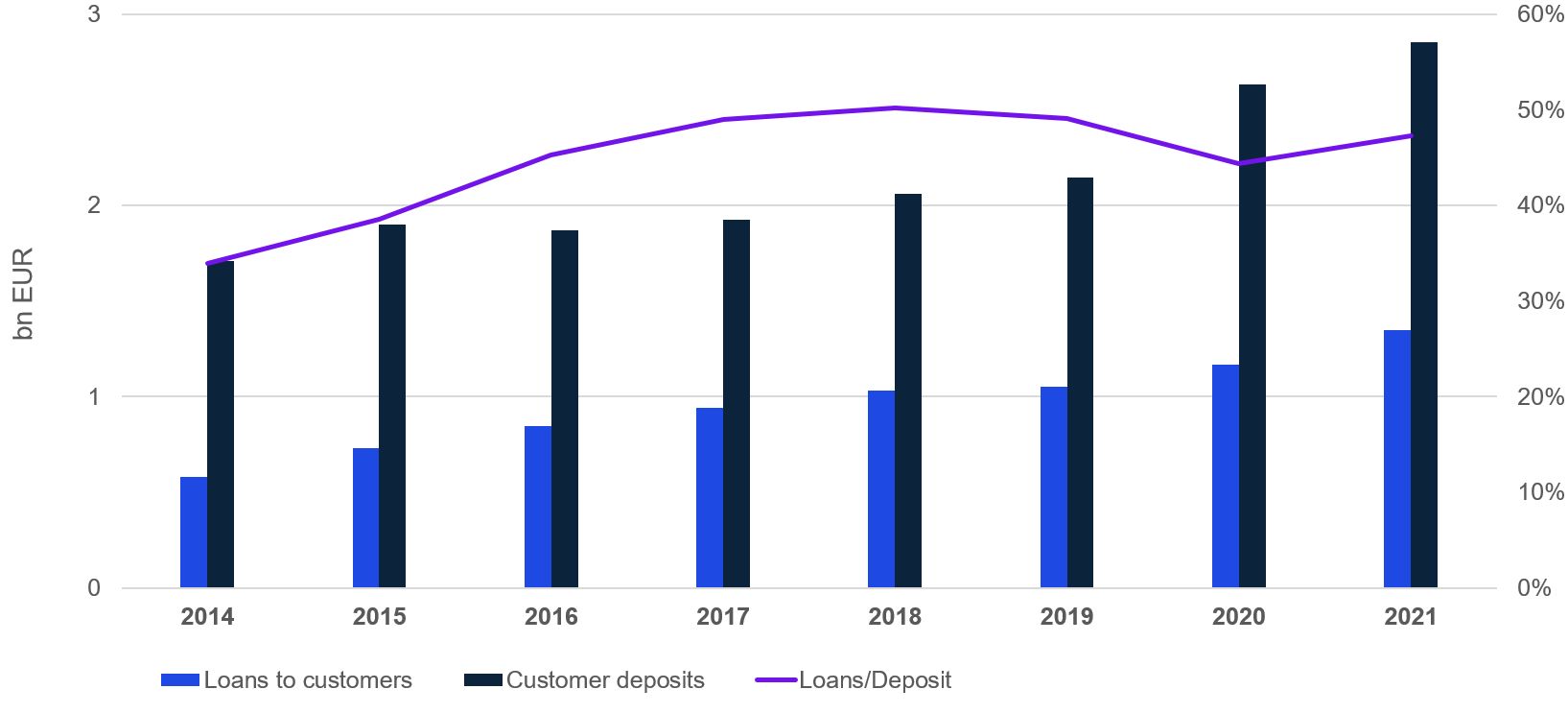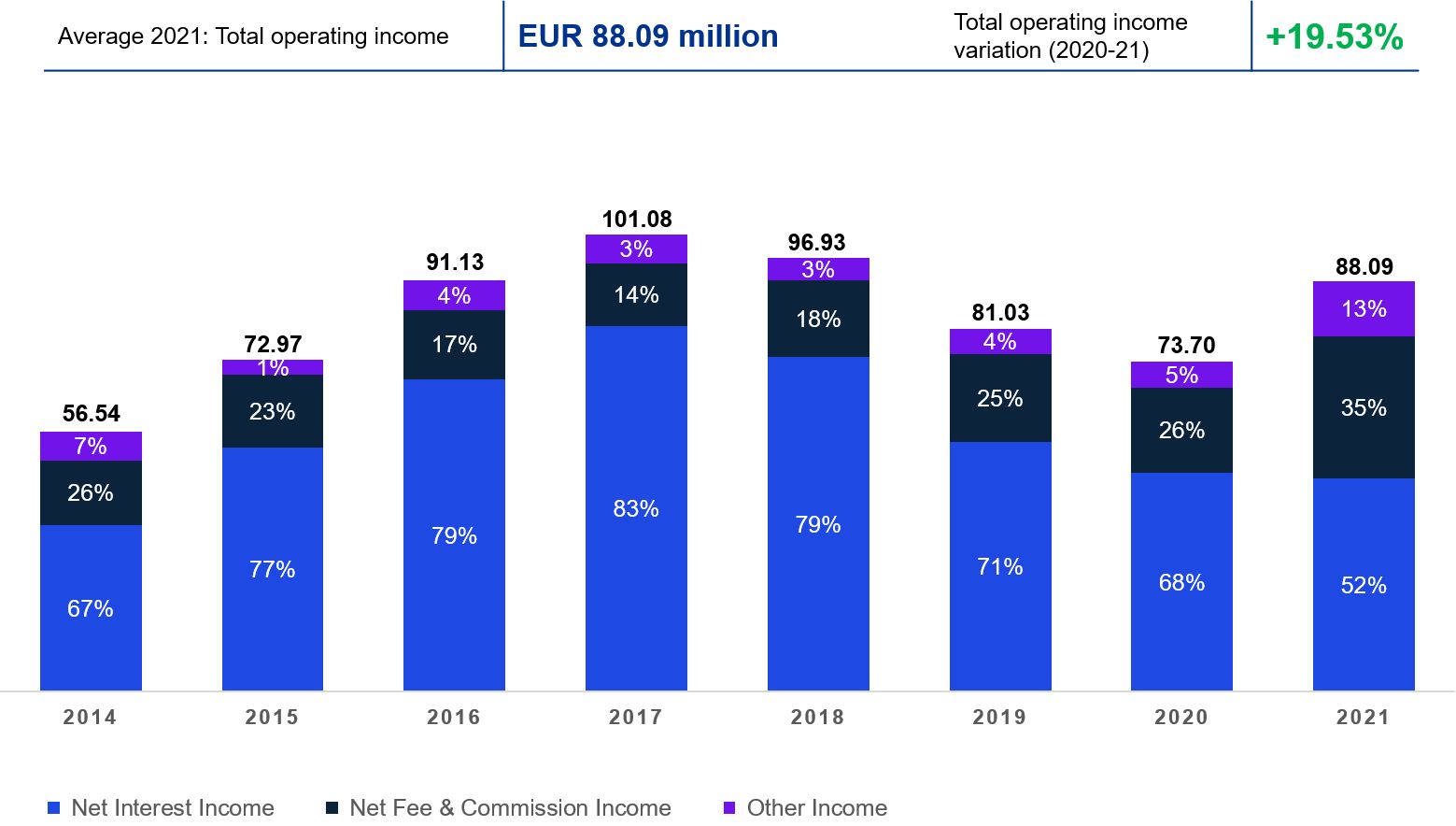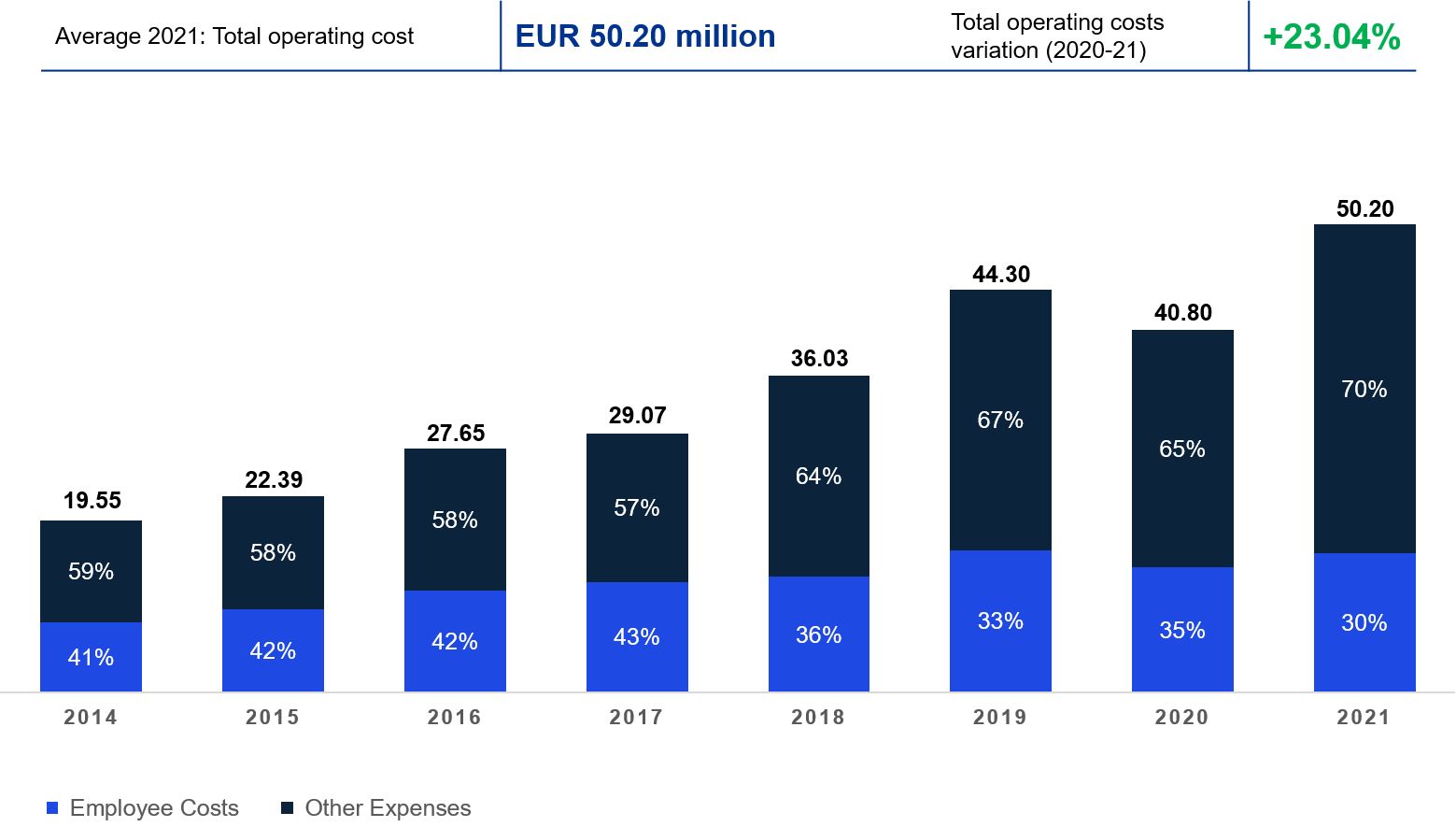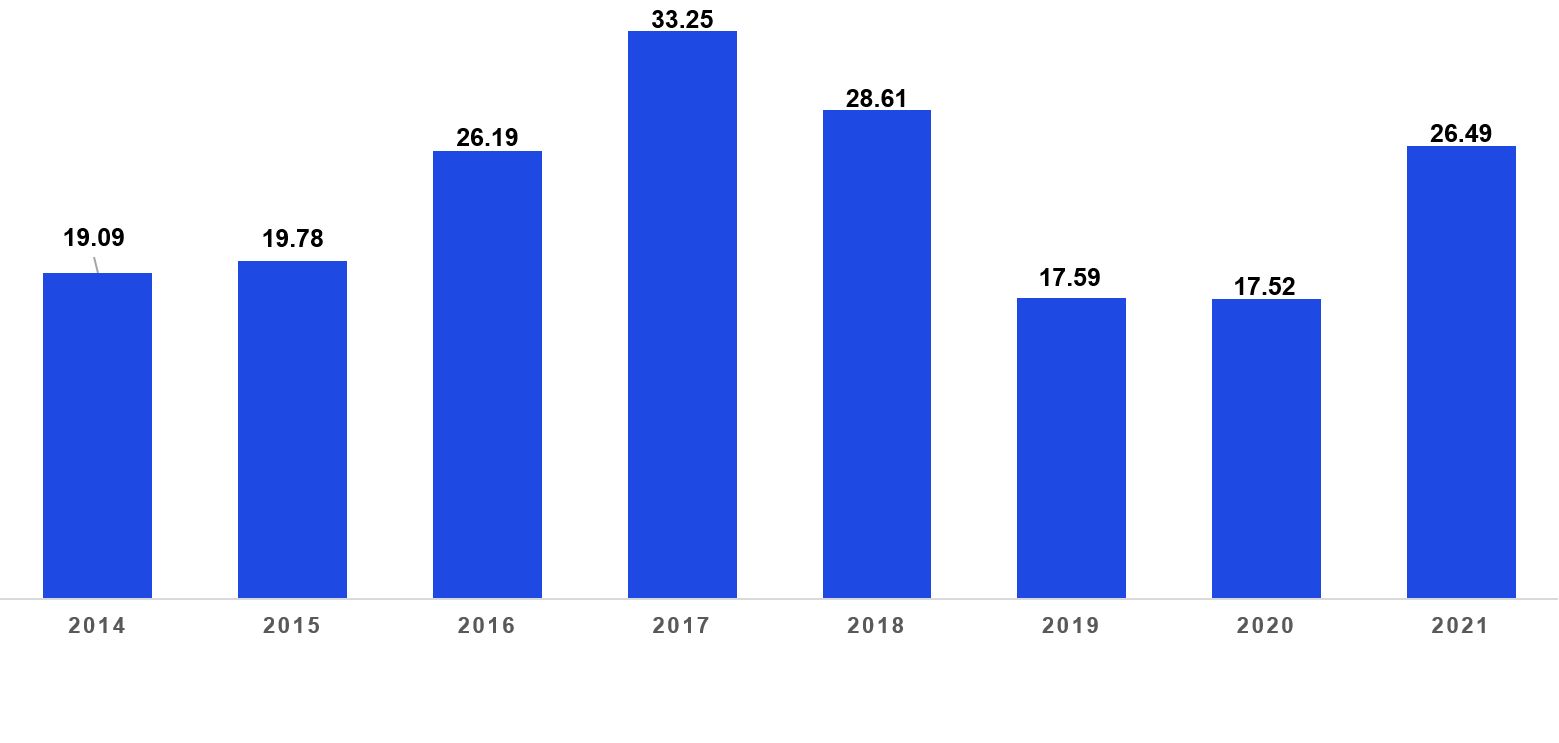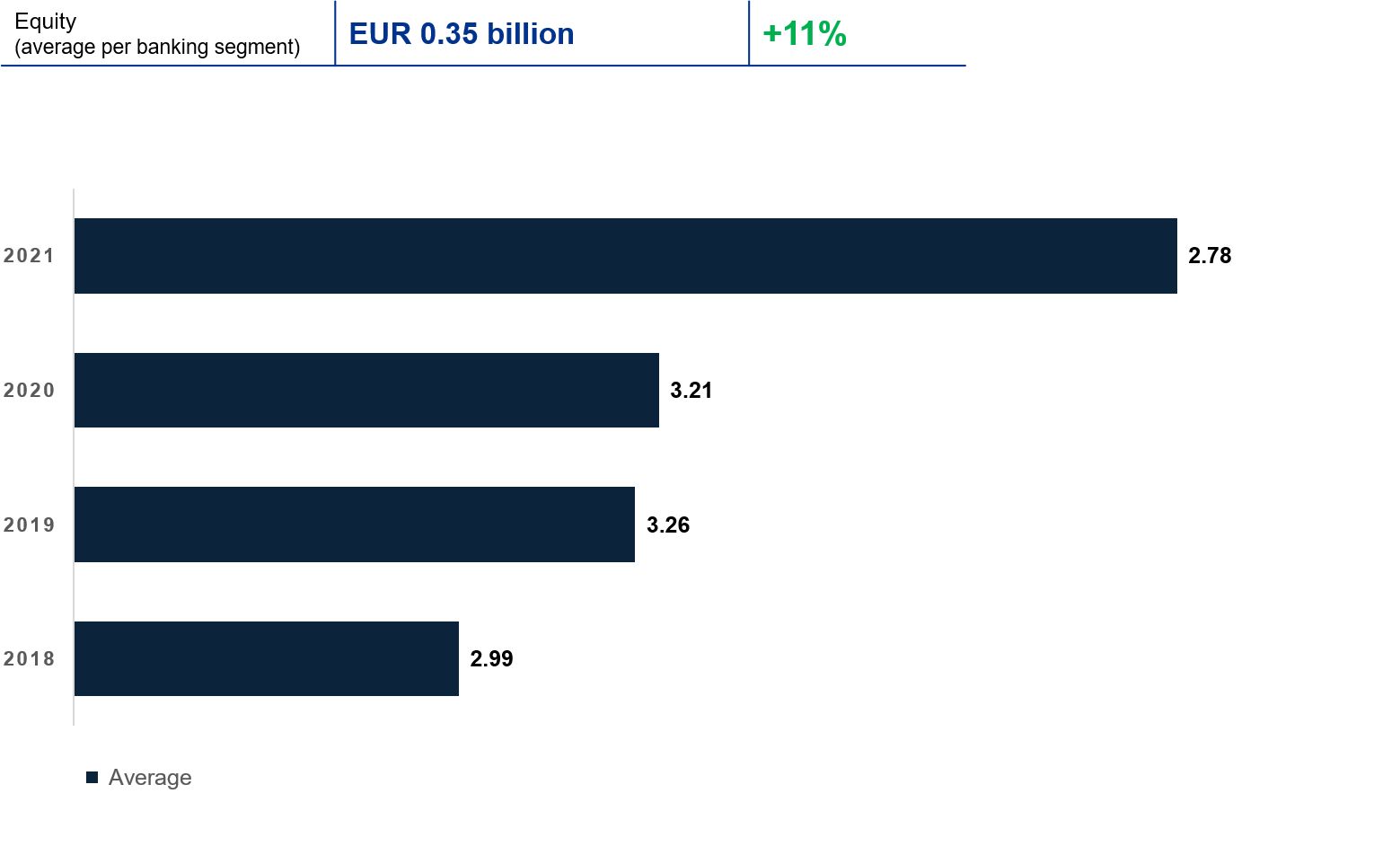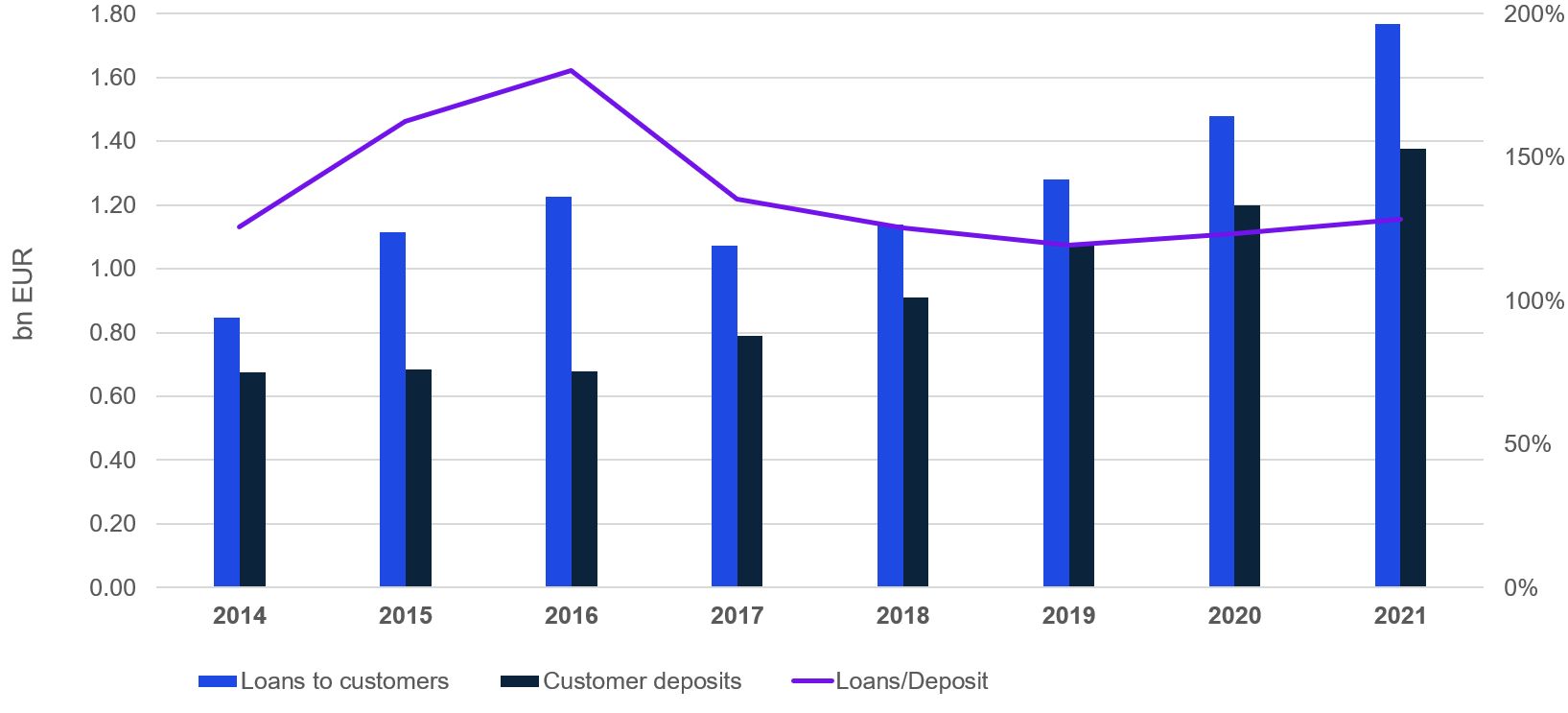Banking industry segmentation
Our study is based on 79 banks located in Luxembourg, covering 70% of the total amount of assets on the market. We have divided them into four different segments based on their business type:
- Commercial banks, which focus on deposits, business loans, payments and basic investment products.
- Private banks, which manage the personal finance of high-net-worth individuals (HNWIs) by providing a wide range of financial services.
- Depositary banks, which focus on custody services for their own groups and institutional clients around the world.
- Universal banks, which provide a combination of the services offered by commercial, private and depositary banks.
Three banks that specialize in issuing covered bonds were not included in these four segments due to their specific business type. Branches have also been excluded from the analysis.
Breakdown by business type
Source: KPMG study
In this annual analysis of the Luxembourg banking market, we focus on the performance indicators that reflect the overall trends of each banking segment. We gathered the financial data of banks’ annual accounts as of December 2021, of which 70% used LuxGAAP methodology and the remaining 30% IFRS. As both methodologies result in different levels of granularity, we have standardized all indicators for both accounting schemes to provide accurate and consistent results.
Regulatory classification* of the 79 banks included in our analysis
- 4
- LU SI
- Banks/groups designated as significant institutions (SIs)
- 24
- Other SI
- Banks/groups designated as other significant institutions (SIs)
- 51
- LSI
- Less significant institutions
* ECB List of Supervised Entities
Key performance indicators
An overview of the key performance indicators of the bank types covered in this study.
| Universal banks | Depositary banks | Private banks | Commercial banks | |
|---|---|---|---|---|
| Cost/income ratio | 56.81% | 61.17% | 74.73% | 56.81% |
| -5.23% | 2.60% | -1.95% | 1.35% | |
| Return on equity | 5.05% | 9.51% | 5.86% | 7.04% |
| 1.43% | -0.19% | 1.87% | 0.97% | |
| Return on assets | 0.47% | 0.61% | 0.48% | 0.72% |
| 0.15% | -0.10% | 0.11% | 0.17% | |
| Interest margin | 0.84% | 0.27% | 0.38% | 1.25% |
| 0.03% | -0.16% | -0.08% | -0.32% | |
| Commission margin | 0.36% | 1.23% | 1.38% | 0.83% |
| -0.14% | -0.06% | 0.04% | 0.22% | |
| Net profit/FTEs | 117,577 | 167,554 | 87,294 | 273,086 |
| 45.19% | 1% | 48.90% | 57.43% | |
| Employee costs/FTEs | 114,644 | 128,041 | 160,275 | 154,037 |
| -3.27% | 15.60% | 6% | 8.94% |
KPMG study
Average number of employees per banking segment
KPMG study
Benchmark your bank
Click each button to view balance sheet and P&L components together with performance indicators by bank type.

